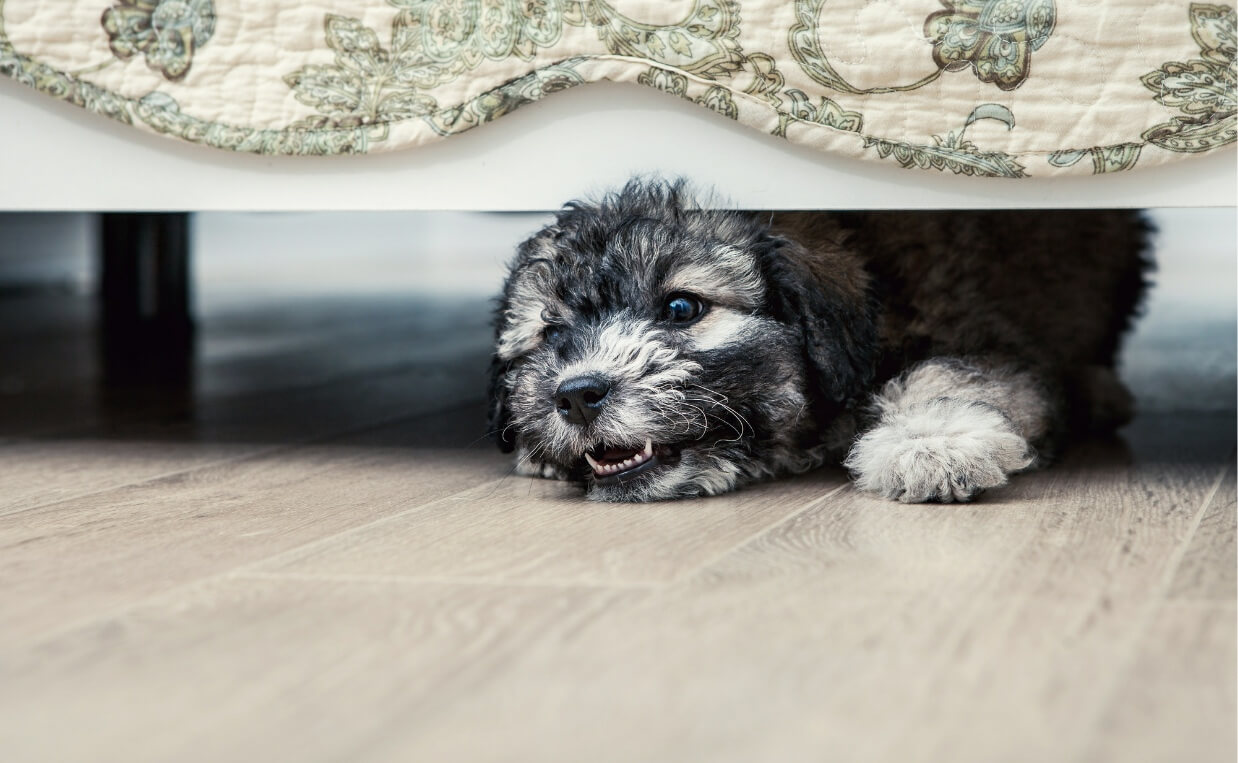
Canine fears and phobias are relatively common and can affect dogs of all ages and breeds. Dogs have an acute sense of hearing which can contribute to fear associations.
The natural state of canines is to feel afraid when they encounter sounds, people, animals or other stressful things.
The Difference Between Fear and Phobia
There is an important distinction between fear and a phobia – fear is a response to a real or perceived threat, whereas a phobia is similar to fear but it is an intense and persistent fear related to a past experience that deeply frightened the dog. When your dog’s fear has become a phobia, your dog will exhibit what may seem like an irrational level of severe anxiety.
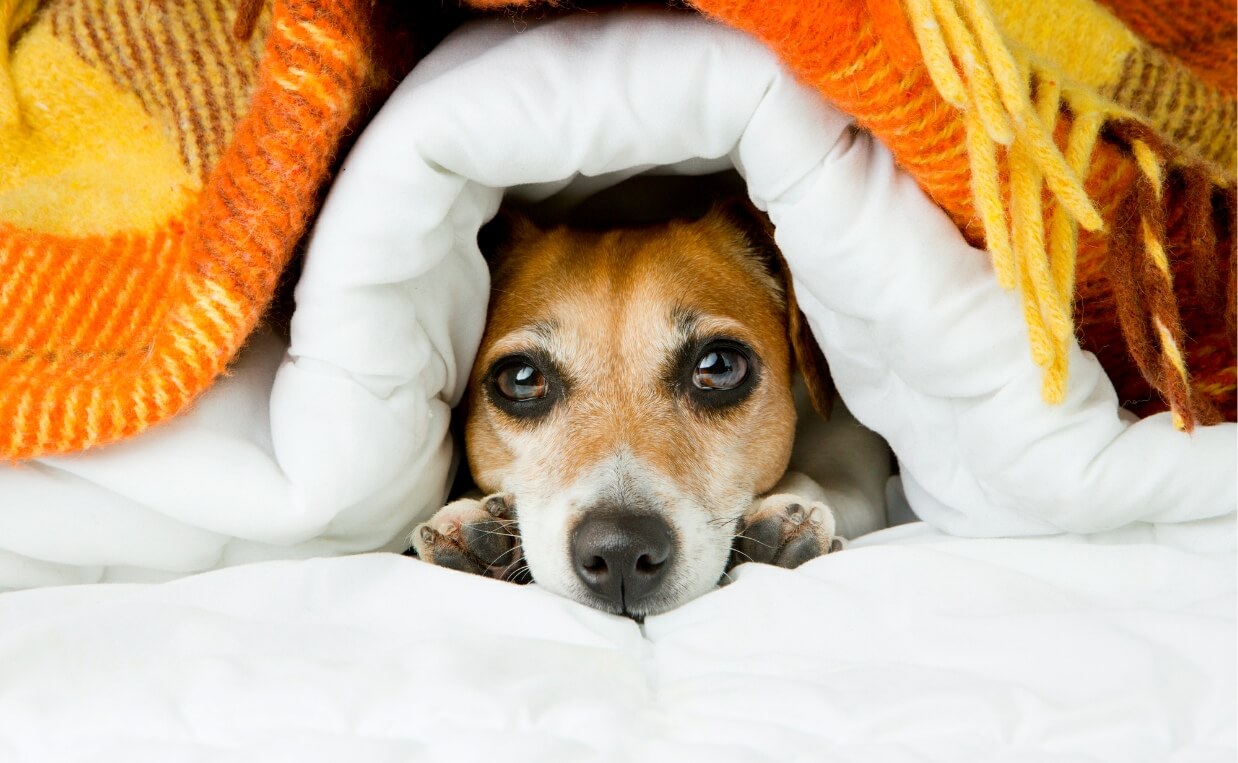
Symptoms of Fear and Phobia in Dogs
The fear response in dogs is healthy and necessary. The dog is alert and ready to take action in a given situation. However, when the response is prolonged, physical and emotional conditions may occur.
Fear behaviors include:
- Avoidance
- Whining
- Crying
- Trembling
- Shaking
- Panting
- Hiding
- Cowering
- Drooling
- Barking
- Destructive behavior
- In some cases, aggression.
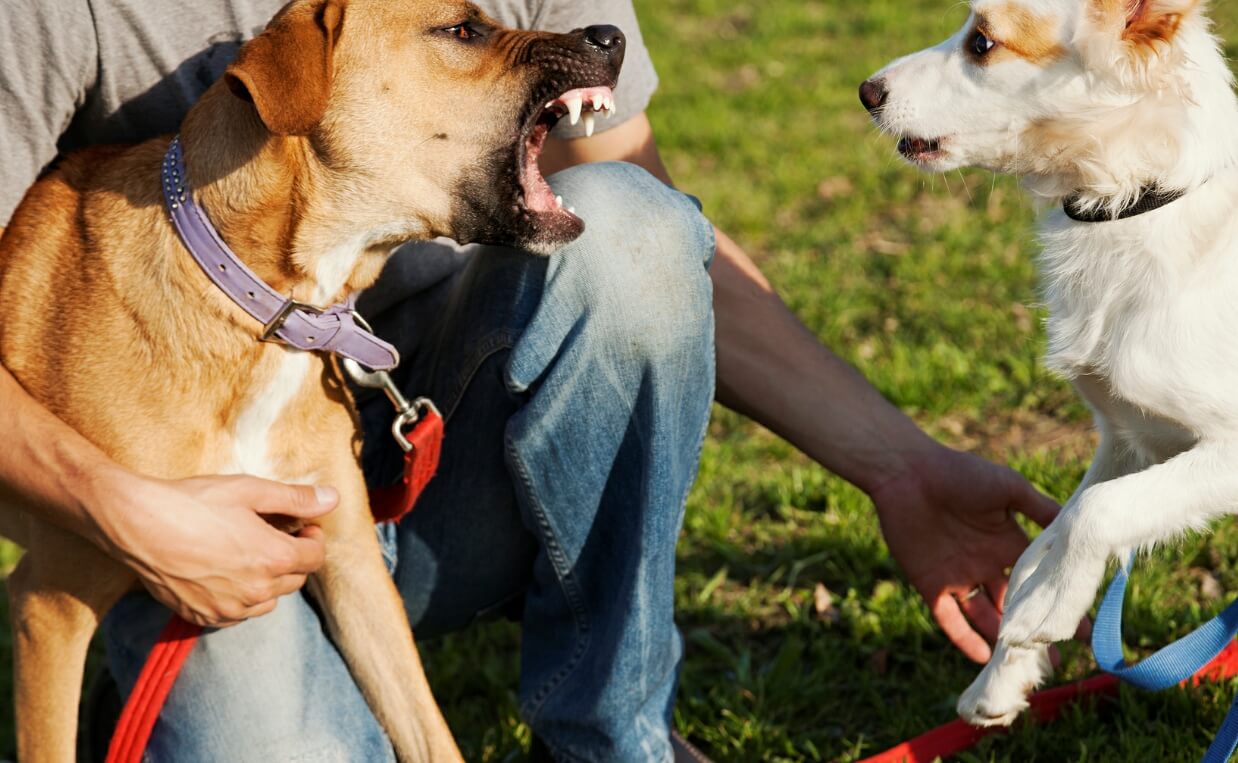
Causes of Fear in Dogs
There are many reasons a dog may develop a fear or phobic response.
-
Lack of socialization
If a puppy receives limited or minimal exposure to people or other animals when young, he or she may be unable to adapt to new experiences. Without adequate positive interactions with people or animals when impressionable, dogs may develop fear and phobias.
-
Traumatic learning experiences
Dogs are impressionable and even a single traumatic experience can cause long-term fear or phobia, This can occur with a bad experience especially when a dog is young. This is especially true with the use of devices such as choke, pinch or shock collars.
-
Genetic predisposition
Dogs may inherit a genetic predisposition to fear or phobic responses. Fear dispositions are often exacerbated in dogs who experienced a poor start to life (i.e. poor nutrition or prolonged stress in the mother while pregnant or nursing).
-
Medical conditions
Tolerance for fear or phobic reactions is lowered in dogs who are in pain or ill. For example, senior dogs suffering from neurological dysfunction, declining senses or endocrine imbalances may exhibit heightened anxiety.
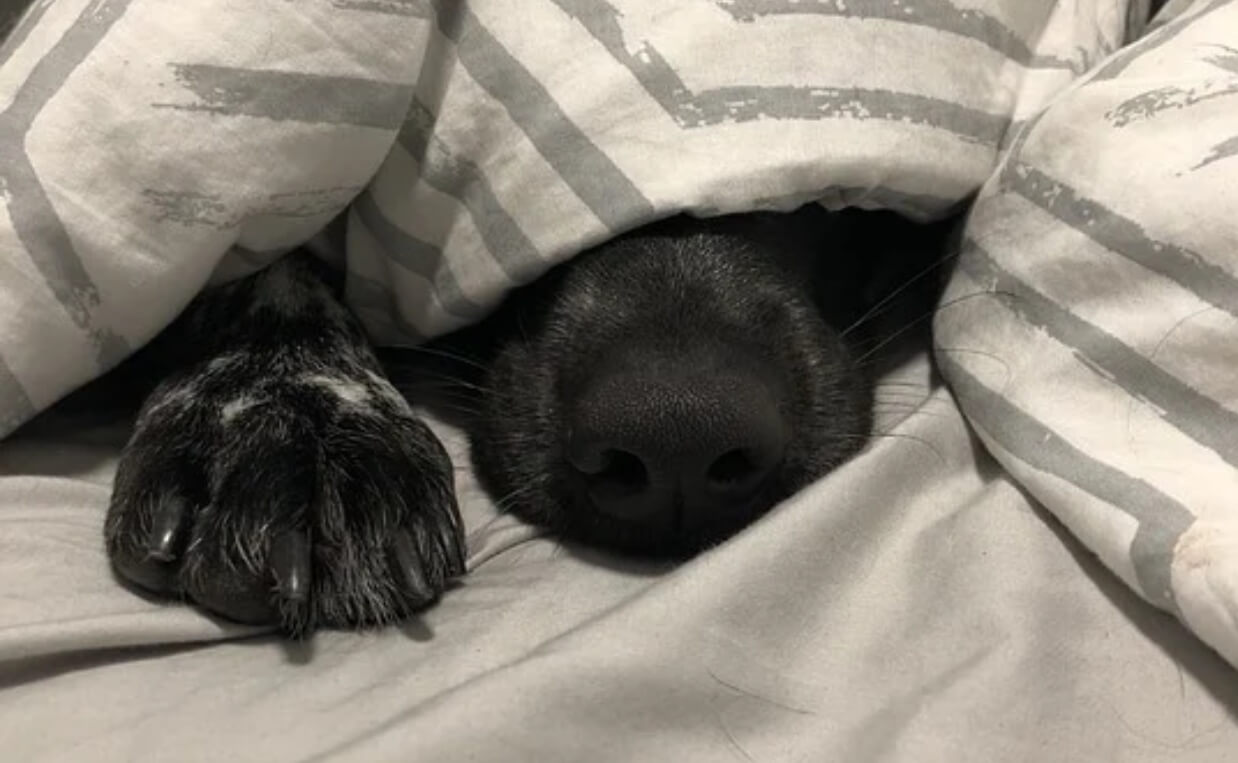
Types of Fear in Dogs
There are four basic types of canine fears and phobias.
-
Noise
Many dogs are afraid of loud noises like fireworks, thunderstorms, gunshots and firecrackers. This can extend to vehicles backfiring, vacuum cleaners and other loud machines.
-
Needles
Like humans, some dogs experience a phobia of being given a shot or having blood taken when visiting their veterinarian. Dogs do not understand veterinary visits are in their own best interest; many of the circumstances surrounding them, such as feeling sick, pain, car rides, new locations, strangers and the presence of other stressed animals can compound this fear into a phobia.
-
Situational
Situational fears and phobias are a result of a particular situation, such as being left home alone. Separation anxiety is the most common example of situational phobia. Dogs with separation anxiety don’t seem to understand their parents will return and may exhibit destructive behaviors out of fear and anxiety.
-
Strangers
Some dogs develop a fear of strangers, particularly men. Dogs rescued from abusive homes often suffer from this fear, which can lead to reactive behavior. This phobia may also include a fear of people wearing hats or bulky clothing and fear of other animals, particularly other dogs, cats and puppies.
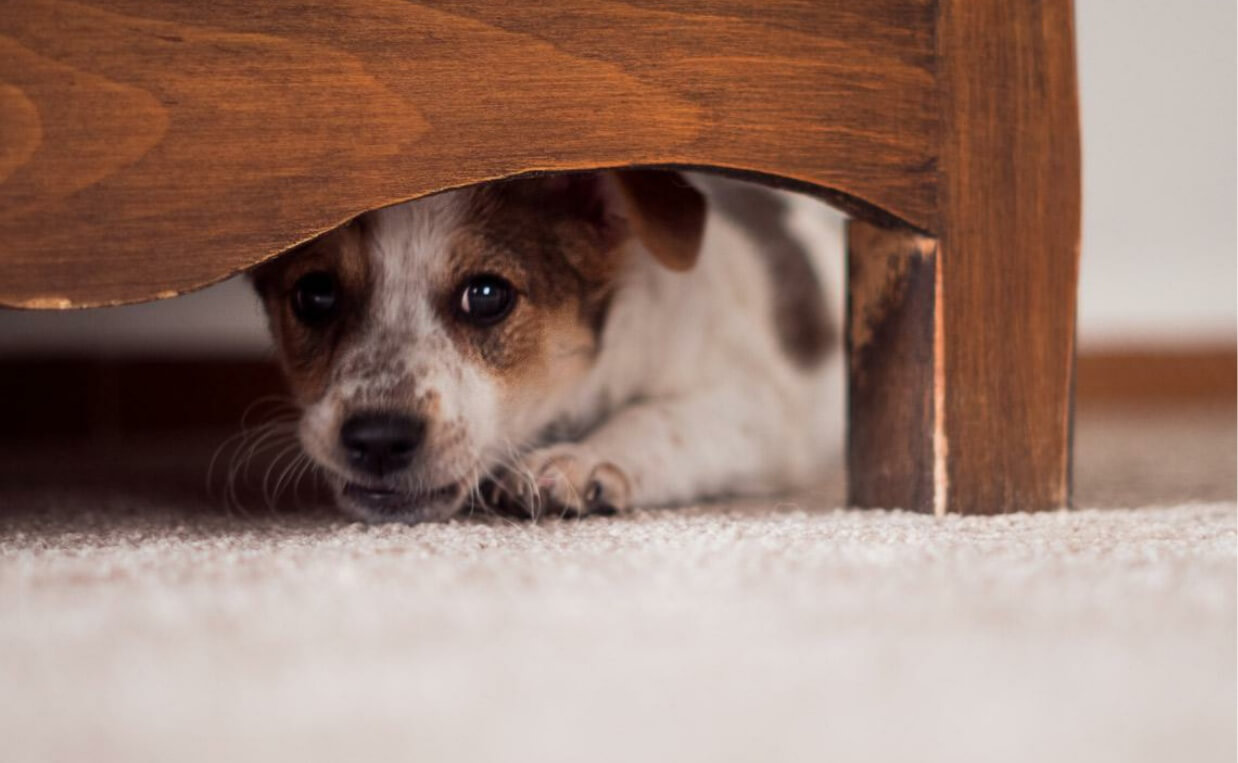
Helping a Fearful Dog
Living with a dog with chronic fear and phobic responses can be stressful and frustrating. Treating phobias takes time, patience and consistency. This can feel impossible, especially when excessive barking angers neighbors. Perhaps the most stressful component is the risk of an accidental dog bite from a fearful dog.
Luckily, there are steps dog owners can take to help their dogs deal with phobias, beginning with a visit to their veterinarian. Phobias often worsen with time and rarely resolve on their own. For this reason, the sooner you take action the better.
Most veterinarians and certified behaviorists recommend behavior modification techniques as a first line of defense. These techniques, such as desensitization, help dogs manage their fearful behavior. There are medications available to help relieve distress; however, most drug therapies work best in conjunction with behavior modification and are not an instant cure.

How Behavior Modification Helps Fearful Dogs
Behavior modification techniques help dogs and their owners as well. Owners often unintentionally contribute to their dog’s phobias, reinforcing or even instigating undesirable behaviors. Retraining yourself and your dog to new behavior takes time and patience and is best done with the help of a specialist.
A common mistake people make is saying things like “good boy” or “good girl” when the dog is presenting fearful behavior. This actually reinforces the dog’s fear because the owner is rewarding the dog for acting fearful. Some dogs even will anticipate a fearful situation when their owner says “it’s okay” because they will associate those words with a stressful situation.
Avoid extensive coddling or consoling the dog when he or she exhibits fear because this may serve to exacerbate the fear. The change in your behavior may cause your dog to come to become dependent on you in a fearful situation instead of teaching the dog how to cope with it on their own.
The Role of Obedience Training
Basic dog obedience training builds confidence in fearful dogs. It is also a useful tool for redirecting undesirable behavior, such as giving a command during a potentially triggering situation to divert the dog’s attention.
Teaching your dog basic cues will activate his or her thinking brain, which in turn deactivates his or her emotional brain. When a dog is thinking he or she has less time to be triggered emotionally.
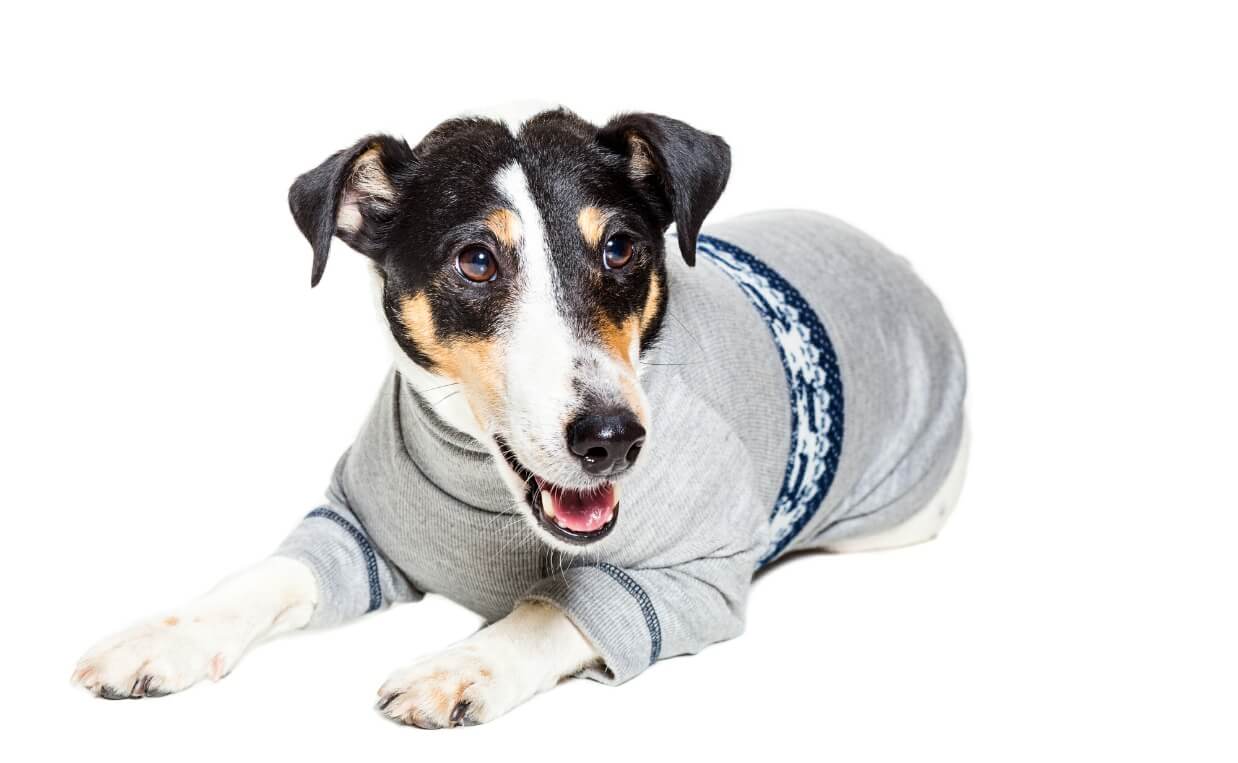
Anxiety Vests May Help
An anxiety vest is a weighted vest wrapped very snugly around your dog’s torso and mid-core. Anxiety vests work by providing a light, constant pressure, similar to swaddling a baby. Commonly used brands include the Original Anxiety Wrap, ThunderShirt, or CozyVest. The Happy Hoodie is based on the same idea but fits over the dog’s head.
Although opinions on the effectiveness of anxiety vests differ, they aren’t harmful and do appear to help some dogs.
Some dogs will have a positive response to a calm hand placed on their back and held there; patting your dog may cause more anxiety so it’s best to just hold your hand on them.
Avoid Punishment
Punishment or correction is unlikely to reduce fear and will likely make the situation worse. The use of punishment or correction, choke, pinch or shock collars will exacerbate fear responses and may lead to aggression.
Can Medications Help?
There are many medications that can be helpful for reducing fear or phobic responses in dogs. These medications work by reducing the emotional state, increasing positive associations and allow the dog to cope with the situation. Most of the time combining behavior modification techniques with medication will work best.
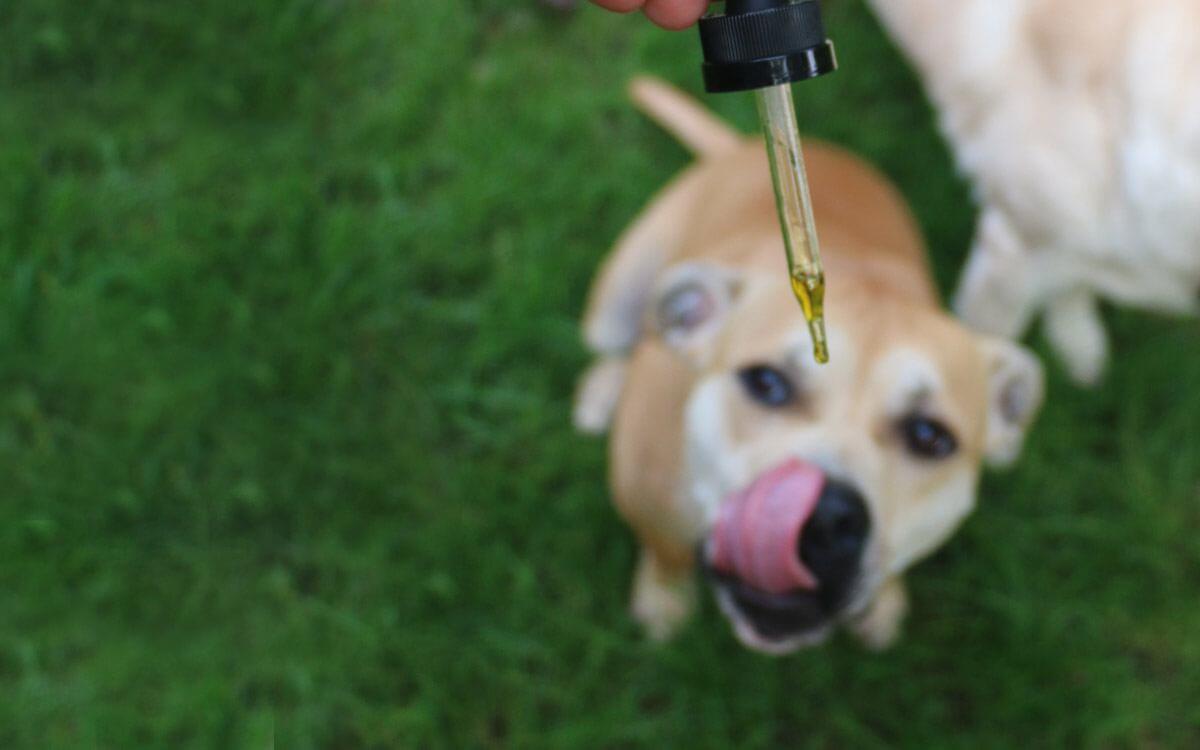
Calming Supplements
Many vets recommend a calming supplement to help dogs deal with fear, stress and anxiety. VetriScience Composure Pro is one supplement recommended by veterinarians but there are many on the market. Be sure to check with your vet before administering a calming aid to make sure you are using the right type and dosage for your dog.
Cannabis Oil for Dogs
Cannabis oil containing CBD has been shown to reduce anxiety in dogs; fear and phobic responses may be significantly reduced. If you want to consider cannabis oil as an option for your dog, be sure to talk with your veterinarian before administering to ensure you are giving your dog the right supplement and dosage.
Note: DO NOT give your dog CBD oil containing THC. Read more…
Calming Dog Bed
If your dog frequently suffers from anxiety, fear and phobias, you may want to invest in a calming bed made for dogs. There are many different types and brands on the market; some owners have found the fluffy “donut” type of bed to be particularly helpful for stressed dogs.
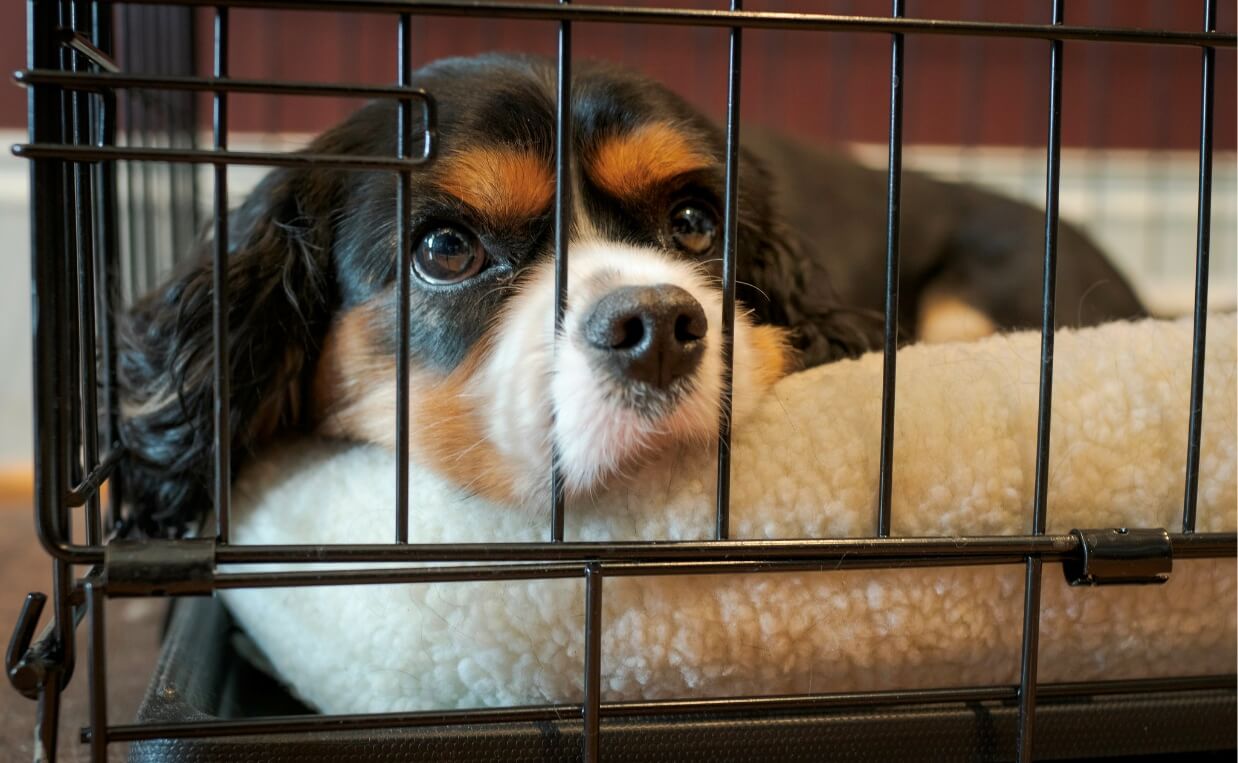
Dog Crate
A dog crate can be used to help your dog feel safe. Most dogs love the safe feeling of their crate if it hasn’t been used for punishment. Many veterinarians recommend crate training to ensure your dog is safe. Essentially, it prevents an anxious dog from harming themselves and allows them to feel safe in the same way a wild dog will retreat to its den. You can drape blankets over the wire type of crate to create a cozy, relaxing safe place your dog will want to hide away in when he or she feels afraid.
Remember to be patient while working through fears and phobias in your dog. Your veterinarian and a certified dog obedience trainer can be excellent resources should you have additional questions or concerns.
Have you helped your dog overcome fear? What strategies worked for you? Please share with the rest of the Canine Campus community in the comments below…

 5 Things You Can Easily Forget When Training Your Dog
5 Things You Can Easily Forget When Training Your Dog How to Train Dogs Who Are Not Food Motivated
How to Train Dogs Who Are Not Food Motivated 18 Puppy Training Tips to Help You Stay Sane
18 Puppy Training Tips to Help You Stay Sane What You Should Know About Emotional Support Dogs
What You Should Know About Emotional Support Dogs 20 Uncomplicated Do’s and Don’ts for House Training Your New Puppy or Dog
20 Uncomplicated Do’s and Don’ts for House Training Your New Puppy or Dog






Leave a Reply